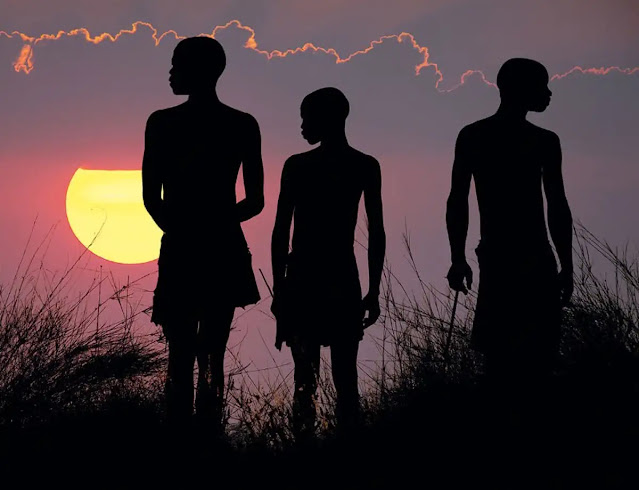Competition today is tantamount to a blood sport—
and not just on the playing field or in the ring.
The psychoanalytic theorist Karen Horney introduced
the concept of hyper-competitiveness
as a neurotic personality trait almost 70 years ago.
She characterized the hyper-competitive
coping strategy as “moving against people”
(in contrast to moving toward or away from people).
Her observations are now all too evident in our culture.
Extreme us-versus-them behavior has created a lonely world.
There is always some new adversary to move against,
so we get locked into a vicious circle of measuring our strength
by disparaging others.
Competition is natural, a part of the human arsenal for survival,
but when it creates enmity, we need to question its power in our lives.
This is where sympathetic joy — joy in the happiness of others — comes in.
If we’re in a competitive frame of mind, when something good happens
to someone else, we think it somehow diminishes us.
It doesn’t really, of course, but being consumed with jealousy
and envy clouds our judgment. Even when we’re not in the running,
extreme competitiveness makes us feel as if we were.
If we approach life from a place of scarcity,
a mind-set that emphasizes what we lack instead of what we have,
then anyone who has something we want becomes the enemy.
If we approach life from a place of scarcity,
a mind-set that emphasizes what we lack instead of what we have,
then anyone who has something we want becomes the enemy.
As Buddhist monk Nyanaponika Thera says,
“It is compassion that removes the heavy bar,
opens the door to freedom,
makes the narrow heart as wide as the world..."
Looking closely at the life of someone we consider to be the competition,
we are bound to see hardships that the person has endured
or understand how tenuous status and good fortune can be.
When we can connect with a perceived enemy on the level of human suffering,
winning or losing seems less important.
A few years ago I led a meditation group at an elementary school in Washington, D.C.
The walls of the school corridors were plastered with homilies:
Treat people the way you would like to be treated.
Play fair. Don’t hurt others on the inside or the outside.
The message that stopped me short, however, was
Everyone can play.
~ Sharon Salzberg
from Lions Roar




































